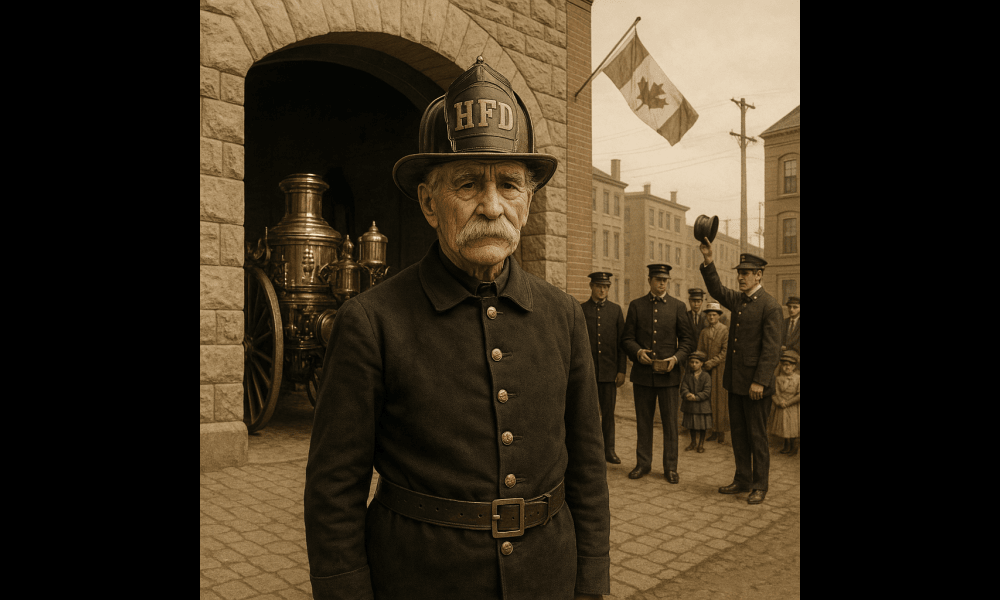The first formal pension plan for firemen in Halifax was established in 1907. It came in the form of a pension act specifically for firemen, and it marked a significant milestone in the professionalization and welfare support for the Halifax Fire Department.
The pension plan was introduced under the following framework:
-
Eligibility: Firefighters had to serve a minimum of twenty-five years to qualify for retirement benefits.
-
Disability Provision: Those injured in the line of duty and unable to perform their duties could also be eligible for a pension before reaching the full service requirement.
-
Funding and Administration: The plan was city-managed and was meant to provide financial support post-retirement, though the precise monetary benefits and conditions were determined under city council oversight.
This 1907 pension initiative followed earlier incremental steps toward fireman welfare in Halifax. For instance, in the 1880s and 1890s, the City of Halifax began insuring active firemen against accidents while on duty. This included weekly compensation for injuries, lump-sum payouts for loss of limbs, and death benefits.
However, the 1907 pension act was the first to offer a structured retirement benefit, rather than just injury or death compensation. It underscored a shift in how the city viewed firefighting—as a lifelong profession deserving of long-term security, rather than just an honorary or volunteer service.
No earlier pension structure of this form is documented in the available historical records for Halifax fire services. The 1907 act thus stands as the official starting point for pension entitlements for firemen in Halifax.
Below is an example, presented to George McGuire and his brother James McGuire


